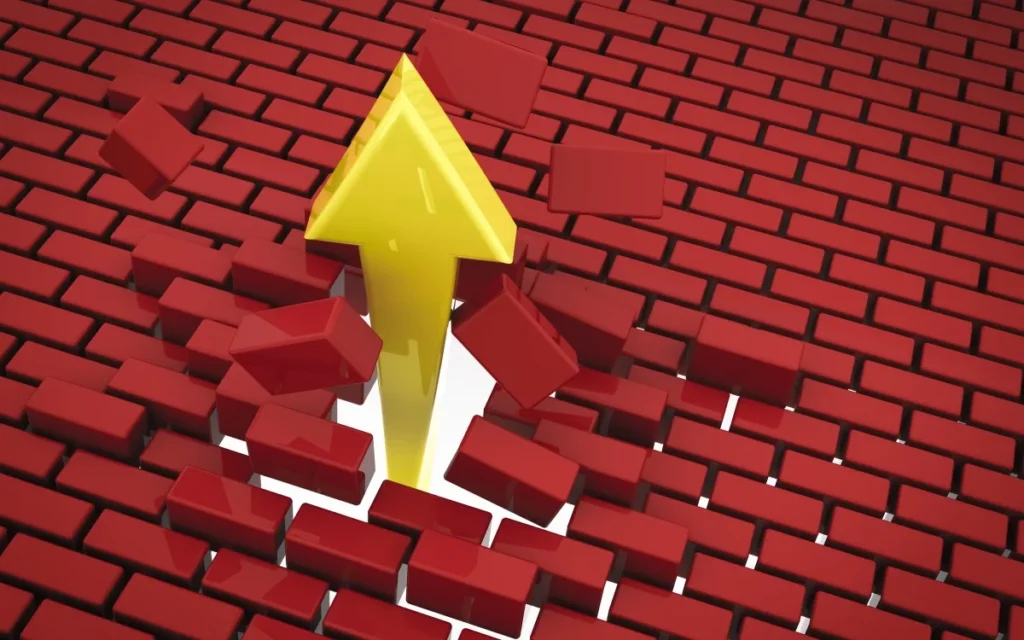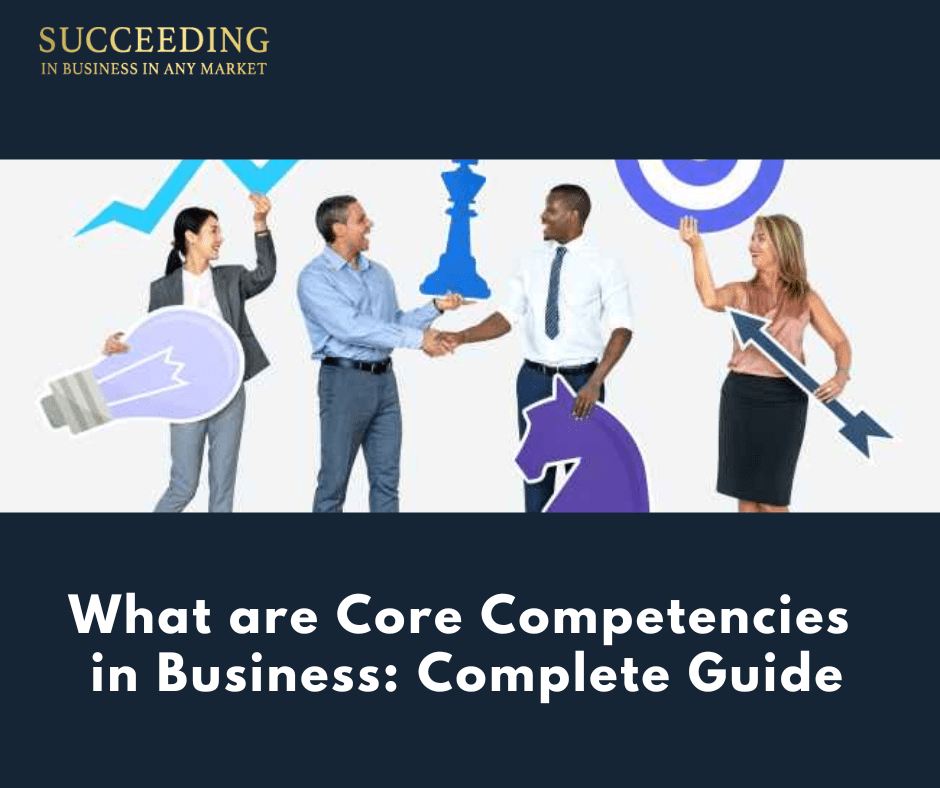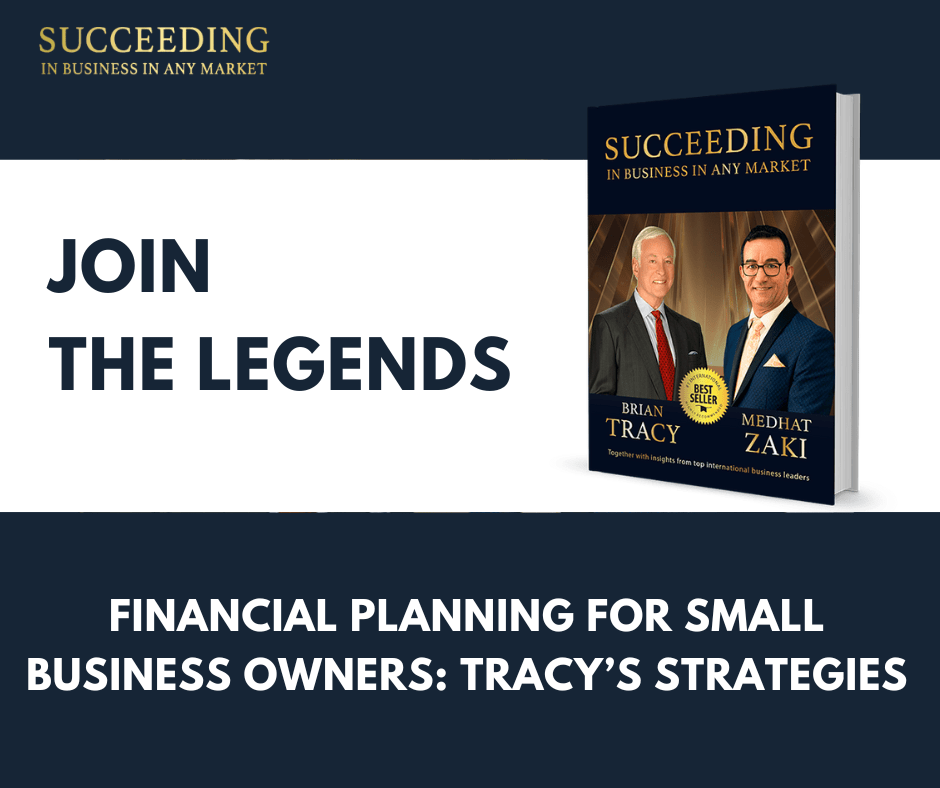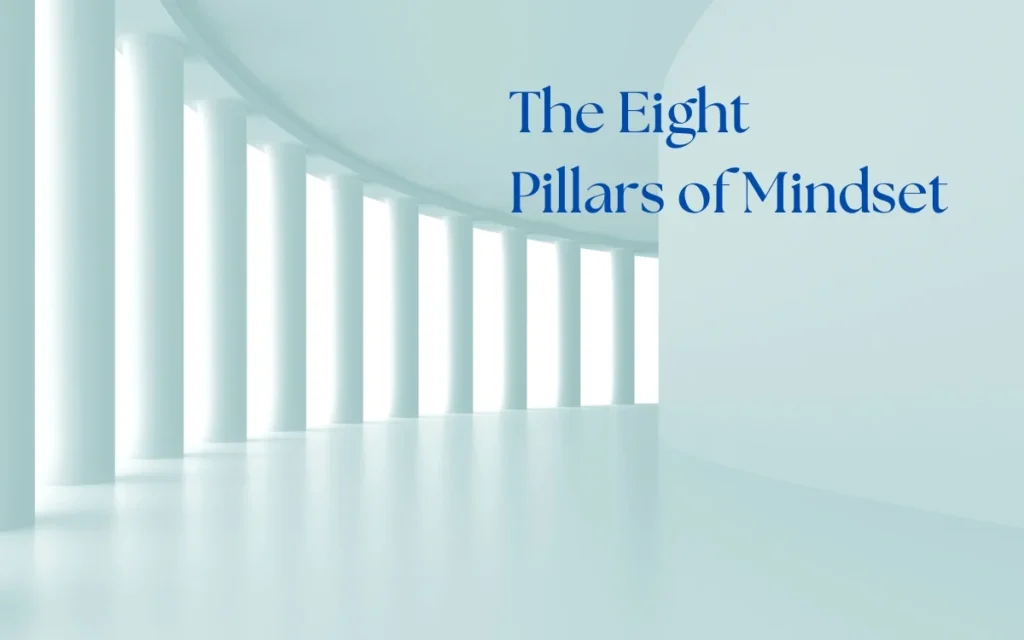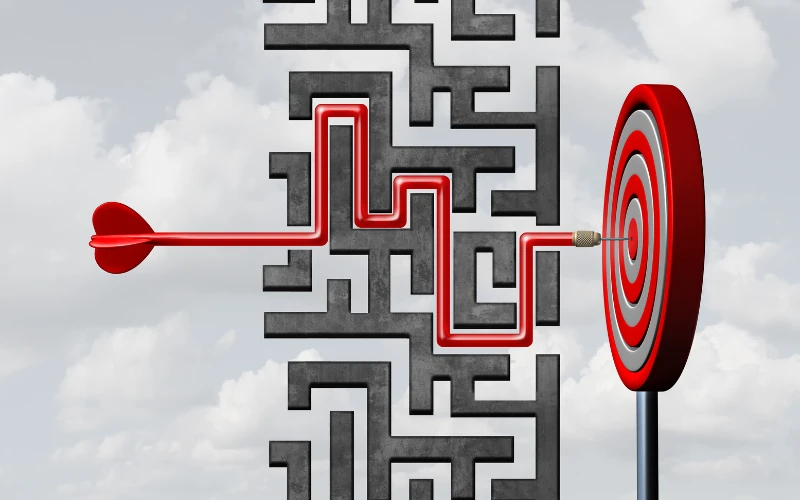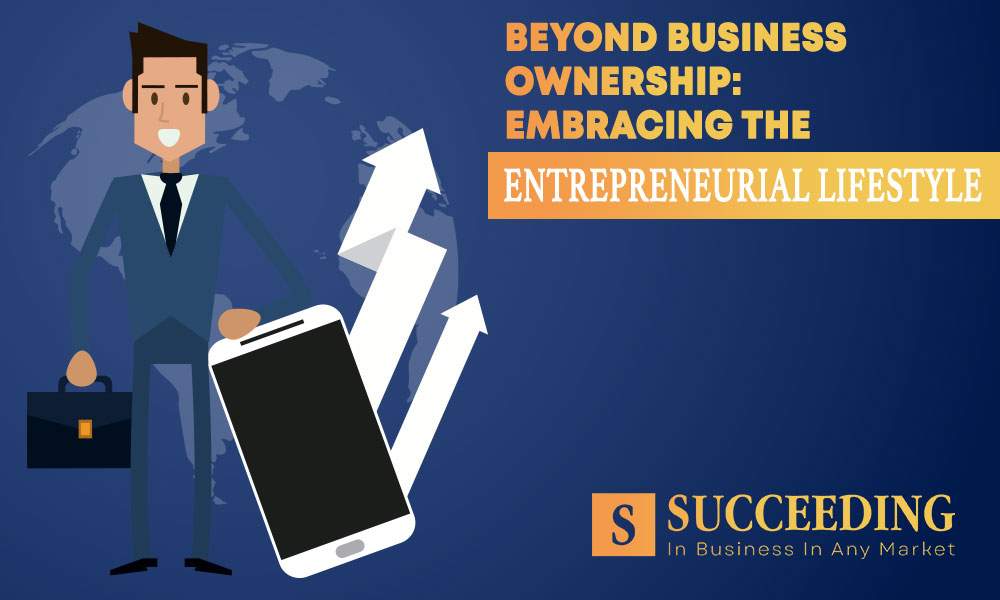Post Date: March 5, 2024
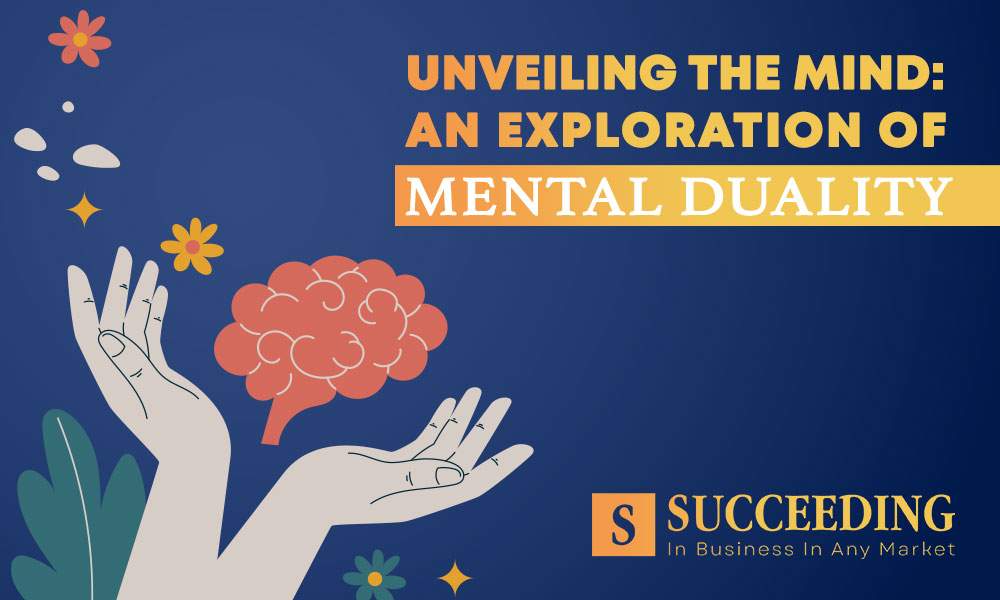
The human mind, a realm of intricate thoughts and emotions, often harbors the paradoxical experience of mental duality. This article embarks on a journey to understand and explore the coexistence of opposing thoughts, feelings, or perspectives within the mind. We delve into the roots of mental duality, recognize its patterns, and discuss techniques for exploration. Join us in unraveling the complexities of the human psyche through the lens of Mental Duality Exploration.

Defining Mental Duality
In the intricate tapestry of human cognition, mental duality emerges as a phenomenon where conflicting thoughts, emotions, or beliefs coexist within an individual. It’s an acknowledgment of the nuanced nature of our minds, where opposing forces often vie for attention. From the simplest dilemmas to profound existential questions, mental duality manifests in various forms, shaping our perceptions and responses to the world.
The Roots of Mental Duality
The roots of mental duality are deeply embedded in both psychological and neurobiological factors. Cognitive dissonance, a term coined by psychologist Leon Festinger, describes the discomfort arising from holding conflicting beliefs. Our brains, equipped with the capacity to entertain multiple perspectives, contribute to the complexity of mental duality. Past experiences, societal norms, cultural influences, and personal values further mold the contrasting thoughts that inhabit our minds.
Recognizing Patterns of Mental Duality
Identifying patterns of mental duality is crucial for self-awareness and personal growth. The repetitive nature of conflicting internal states can influence decision-making, emotional well-being, and overall mental health. Recognizing these patterns allows individuals to navigate internal conflicts more effectively, fostering a deeper understanding of their thoughts and emotions.
Embracing Complexity and Ambiguity
Rather than viewing mental duality as a source of distress, embracing its inherent complexity and ambiguity opens the door to personal growth. Conflicting thoughts and emotions present opportunities for expanded perspectives, challenging rigid beliefs, and fostering adaptability. Accepting mental duality as a natural aspect of the human experience allows individuals to approach inner conflicts with curiosity and openness.
Techniques for Mental Duality Exploration
Mindfulness and Self-Reflection
Cultivating mindfulness provides a foundation for observing and understanding conflicting thoughts without judgment. Regular self-reflection allows individuals to delve into the roots and implications of mental duality. Mindfulness practices, such as focused breathing and body scans, provide valuable moments of introspection.
Journaling and Dialogue
Journaling serves as a therapeutic outlet for externalizing and exploring conflicting thoughts. Engaging in an internal dialogue, whether through writing or thoughtful reflection, encourages individuals to engage with opposing perspectives within themselves. Guided prompts and structured journaling exercises facilitate a deeper exploration of mental duality.
Seeking Professional Guidance
While self-exploration is valuable, the complexity of mental duality may necessitate professional guidance. Therapists, counselors, or psychologists are equipped to provide support and facilitate a deeper understanding of conflicting thoughts and emotions. Seeking professional help is a proactive step toward navigating mental duality when it becomes challenging to unravel independently.

Conclusion:
In conclusion, the exploration of mental duality offers a profound journey into the intricacies of the human mind. By defining mental duality, understanding its roots, recognizing patterns, and embracing complexity, individuals can embark on a path of self-discovery and personal growth. Techniques such as mindfulness, journaling, and seeking professional guidance provide valuable tools for navigating the nuanced landscape of mental duality.
FAQs
Q1: Is mental duality a sign of psychological distress?
A1: Not necessarily. Mental duality is a common and natural aspect of human cognition. While it can be challenging, it doesn’t inherently signify distress. However, if the conflicting thoughts become overwhelming or interfere with daily functioning, seeking professional guidance is advisable.
Q2: Can everyone benefit from exploring mental duality?
A2: Yes, the exploration of mental duality is a universal journey that can benefit everyone. It offers opportunities for self-awareness, personal growth, and a deeper understanding of one’s inner world. The techniques discussed in the article can be adapted to individual preferences and experiences.
Q3: How long does it take to see the benefits of mental duality exploration?
A3: The timeline for experiencing benefits varies for each individual. Some may notice positive changes relatively quickly, while others may require more time. Consistency in the application of exploration techniques is key, and the journey is ongoing.
Q4: Can mental duality exploration help improve decision-making?
A4: Yes, understanding and exploring mental duality can enhance decision-making by providing a clearer insight into conflicting thoughts and emotions. This self-awareness enables individuals to make choices aligned with their values and goals.
Q5: Are there specific techniques recommended for beginners in mental duality exploration?
A5: For beginners, starting with mindfulness practices, such as focused breathing or body scans, can be a gentle introduction. Journaling with guided prompts is another accessible technique. Experimenting with different methods allows individuals to find what resonates best with them.
